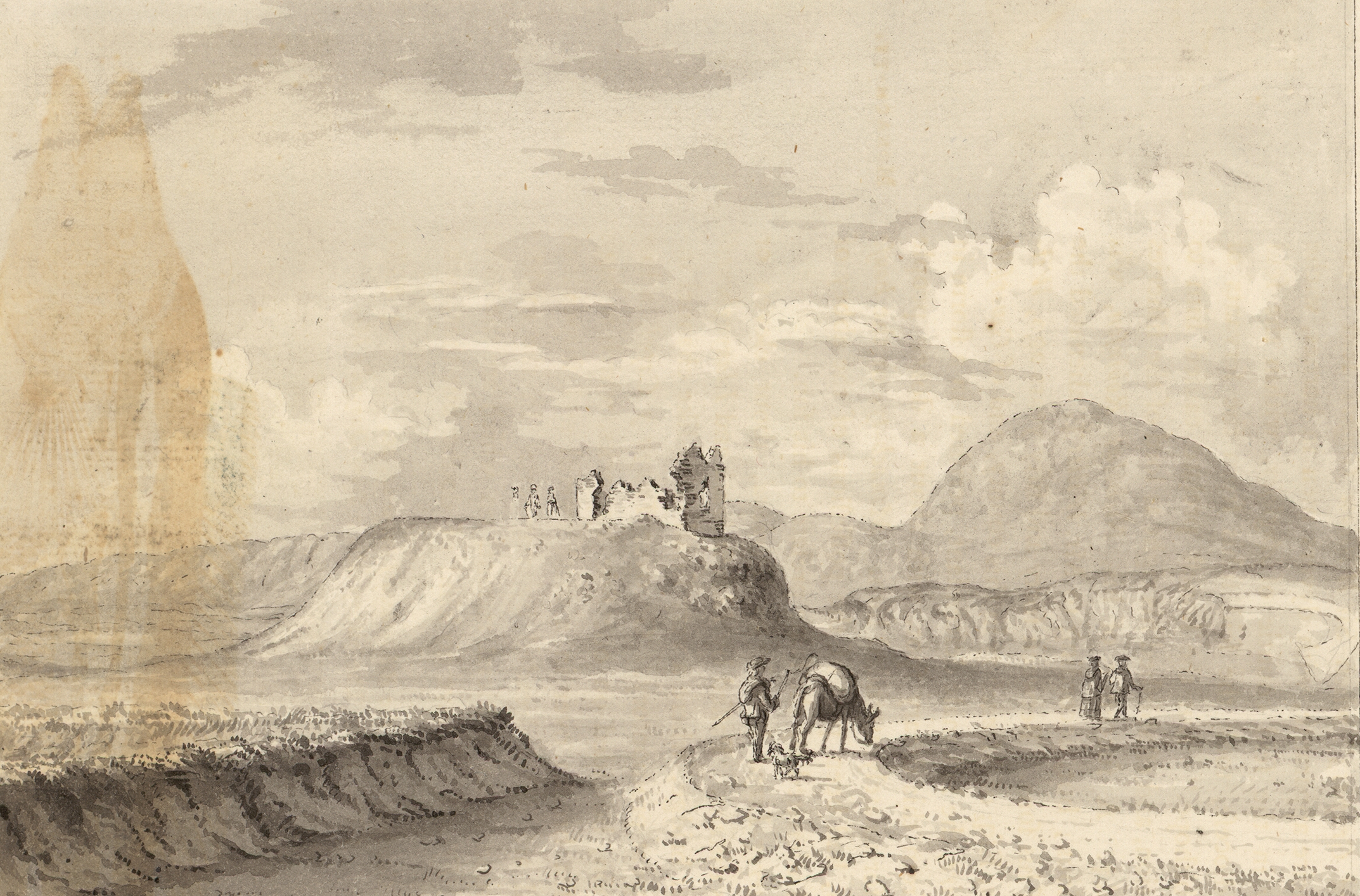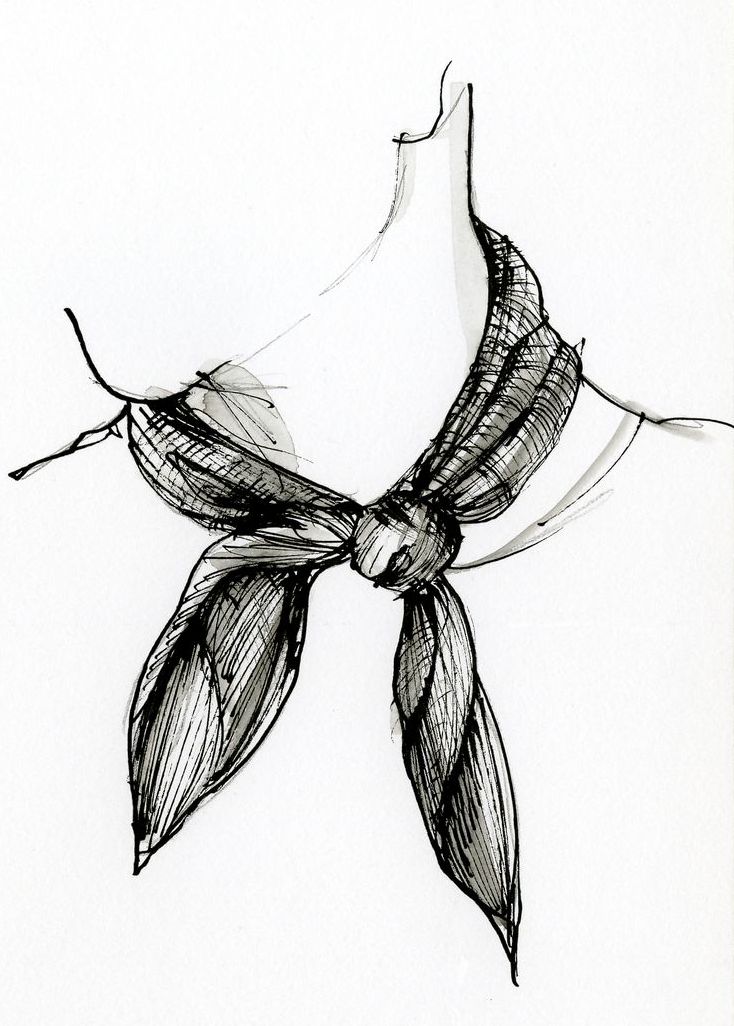|
Bernard Walter Evans
Bernard Walter Evans (26 December 1843 – 26 February 1922) was a British landscape painter and watercolourist in the Romantic style, working mainly in Birmingham, Wales, London, Cannes and the North Riding of Yorkshire. Because he used a "heavy, cumbrous" horse-drawn van to reach remote sites in Yorkshire, his nickname there was Van Evans, and he was recognisable with his wideawake hat, pipe and neckerchief. He was known for his arduous days of painting in the hard Yorkshire winters, with frozen water pots, little food, and only a paraffin stove to warm his hands. Evans was the son of an engraver, and four of his siblings were artists. He began his apprenticeship at seven years old with Samuel Lines. He studied under George Wallis at the Birmingham School of Art and then with Edward Watson at the School of Landscape Art. He married Mary Ann Eliza Hollyer, sister of Frederick Hollyer, and one of his cousins was George Eliot. Evans was elected a member of the Royal Society ... [...More Info...] [...Related Items...] OR: [Wikipedia] [Google] [Baidu] |
Royal Institute Of Painters In Water Colours
The Royal Institute of Painters in Water Colours (RI), initially called the New Society of Painters in Water Colours, is one of the societies in the Federation of British Artists, based in the Mall Galleries in London. History In 1831 the society was founded as the ''New Society of Painters in Water Colours'', competing with the Royal Watercolour Society (RWS), which had been founded in 1804. The founding members were William Cowen, James Fudge, Thomas Maisey (treasurer), O. F. Phillips, Joseph Powell (president), W. B. S. Taylor, and Thomas Charles Wageman. The New Society differed from the RWS in policy, by exhibiting non-members' work also. Both societies challenged the Royal Academy's refusal to accept the medium of watercolours as appropriate for serious art. In 1839 Henry Warren (1794–1879) became president of the society and was re-elected for many years until he resigned due to failing eyesight. In 1863 there was a name change to the ''Institute of Painters in Wat ... [...More Info...] [...Related Items...] OR: [Wikipedia] [Google] [Baidu] |
Cannes
Cannes ( , , ; oc, Canas) is a city located on the French Riviera. It is a communes of France, commune located in the Alpes-Maritimes departments of France, department, and host city of the annual Cannes Film Festival, Midem, and Cannes Lions International Festival of Creativity. The city is known for its association with the rich and famous, its luxury hotels and restaurants, and for several conferences. History By the 2nd century BC, the Ligurian Oxybii established a settlement here known as ''Aegitna'' ( grc, Αἴγιτνα). Historians are unsure what the name means. The area was a fishing village used as a port of call between the Lérins Islands. In 154 Before Christ, BC, it became the scene of violent but quick conflict between the troops of Quintus Opimius and the Oxybii. In the 10th century, the town was known as Canua. The name may derive from "canna", a Reed (plant), reed. Canua was probably the site of a small Ligurian port, and later a Roman outpost on Le Suquet ... [...More Info...] [...Related Items...] OR: [Wikipedia] [Google] [Baidu] |
Frome
Frome ( ) is a town and civil parish in eastern Somerset, England. The town is built on uneven high ground at the eastern end of the Mendip Hills, and centres on the River Frome. The town, about south of Bath, is the largest in the Mendip district of Somerset and is part of the parliamentary constituency of Somerton and Frome. The population was 28,559 in 2021. Frome was one of the largest towns in Somerset until the Industrial Revolution, and was larger than Bath from AD 950 until 1650. The town first grew due to the wool and cloth industry; it later diversified into metal-working and printing, although these have declined. The town was enlarged during the 20th century but retains a large number of listed buildings, and most of the centre falls within a conservation area. In the 2011 census, the population was given as 26,203. The town has road and rail transport links and acts as an economic centre for the surrounding area. It provides a centre for cultural and sportin ... [...More Info...] [...Related Items...] OR: [Wikipedia] [Google] [Baidu] |
Knaresborough
Knaresborough ( ) is a market and spa town and civil parish in the Borough of Harrogate, in North Yorkshire, England, on the River Nidd. It is east of Harrogate. History Knaresborough is mentioned in the Domesday Book of 1086 as ''Chenaresburg'', meaning "Cenheard's fortress", in the wapentake of Burghshire, renamed Claro Wapentake in the 12th century. Knaresborough Castle is Norman; around 1100, the town began to grow. It provided a market and attracted traders to service the castle. The parish church, St John's, was established around this time. The earliest identified Lord of Knaresborough is around 1115 when Serlo de Burgh held the Honour of Knaresborough from the King. Hugh de Morville was granted the Honour of Knaresborough in 1158. He was constable of Knaresborough and leader of the group of four knights who murdered Archbishop Thomas Becket at Canterbury Cathedral on 29 December 1170. The four knights fled to Knaresborough and hid at the castle. Hugh de Morvil ... [...More Info...] [...Related Items...] OR: [Wikipedia] [Google] [Baidu] |
Bloomsbury
Bloomsbury is a district in the West End of London. It is considered a fashionable residential area, and is the location of numerous cultural, intellectual, and educational institutions. Bloomsbury is home of the British Museum, the largest museum in the United Kingdom, and several educational institutions, including University College London and a number of other colleges and institutes of the University of London as well as its central headquarters, the New College of the Humanities, the University of Law, the Royal Academy of Dramatic Art, the British Medical Association and many others. Bloomsbury is an intellectual and literary hub for London, as home of world-known Bloomsbury Publishing, publishers of the ''Harry Potter'' series, and namesake of the Bloomsbury Set, a group of British intellectuals which included author Virginia Woolf, biographer Lytton Strachey, and economist John Maynard Keynes. Bloomsbury began to be developed in the 17th century under the Earls of Sout ... [...More Info...] [...Related Items...] OR: [Wikipedia] [Google] [Baidu] |
St Luke's Church, Kentish Town
St Luke's Kentish Town is an active Church of England parish church on Oseney Crescent in Kentish Town, North London, closed from 1991 to 2011 and now hosting a Holy Trinity Brompton church plant. The church has been designated by English Heritage as a Grade II* listed building, History The church was built between 1867 and 1869 using £12,500 compensation provided by the railway company for the demolition of St Luke's Church, Euston Road, along with money from the sale of the church building on the Euston Road. John Johnson had built the church on Euston Road and hoped to be commissioned to design the new church in Kentish Town. However, he was disappointed when he was in fact passed over in favour of the 25-year-old Basil Champneys. It was his first church and one of his first buildings. His father, William Weldon Champneys, who commissioned the church, was the vicar of the parish of St Pancras. The original construction phase included the three east stained glass wind ... [...More Info...] [...Related Items...] OR: [Wikipedia] [Google] [Baidu] |
Staffordshire
Staffordshire (; postal abbreviation Staffs.) is a landlocked county in the West Midlands region of England. It borders Cheshire to the northwest, Derbyshire and Leicestershire to the east, Warwickshire to the southeast, the West Midlands County and Worcestershire to the south and Shropshire to the west. The largest settlement in Staffordshire is Stoke-on-Trent, which is administered as an independent unitary authority, separately from the rest of the county. Lichfield is a cathedral city. Other major settlements include Stafford, Burton upon Trent, Cannock, Newcastle-under-Lyme, Rugeley, Leek, and Tamworth. Other towns include Stone, Cheadle, Uttoxeter, Hednesford, Brewood, Burntwood/Chasetown, Kidsgrove, Eccleshall, Biddulph and the large villages of Penkridge, Wombourne, Perton, Kinver, Codsall, Tutbury, Alrewas, Barton-under-Needwood, Shenstone, Featherstone, Essington, Stretton and Abbots Bromley. Cannock Chase AONB is within the county as well as parts of the ... [...More Info...] [...Related Items...] OR: [Wikipedia] [Google] [Baidu] |
George Wallis
George Wallis (1811–1891) was an artist, museum curator and art educator. He was the first Keeper of Fine Art Collection at South Kensington Museum (later the Victoria & Albert Museum) in London. Early years George Wallis, son of John Wallis (1783–1818) and his wife Mary, née Price (1784–1864), was born at Wolverhampton on 8 June 1811. His father died early, and George Wallis was adopted by his grand-uncle, John Worralow, who was a famous maker of steel-jewellery at the time of George III. George Wallis was educated at the Grammar School from 1825 to 1827 and received initial training in japanned ware painting. He practised as an artist and art educator in Wolverhampton from 1827 to 1832, but then left for Manchester where he lived the next five years. He taught sisters Martha Darley Mutrie and Annie Feray Mutrie at the Manchester School of Design and he later gave them both private classes. He attended the Royal Manchester Institution; practised painting; became con ... [...More Info...] [...Related Items...] OR: [Wikipedia] [Google] [Baidu] |
Samuel Lines
Samuel Lines (1778 – 22 November 1863) was an English designer, painter and art teacher, and an early member of the Birmingham School of landscape painters. A significant figure in the development of art in Birmingham during its rapid growth in the early nineteenth century, Lines pioneered the teaching of drawing and painting in the town and was one of the founders of the life drawing academy that would eventually evolve into the Royal Birmingham Society of Artists and Birmingham School of Art. Life Samuel Lines was born in the village of Allesley in Warwickshire, where his mother was a schoolmistress. After a period working in agriculture for his uncle he moved to Birmingham in 1794 and secured an apprenticeship as a designer to Thomas Keeling, a firm of clockmakers and enamellers. Lines was then employed by Messrs Osborn and Gunby of Bordesley as a sword blade decorator, designer and engraving to the highest standard. Lines studied drawing under Joseph Barber at the latt ... [...More Info...] [...Related Items...] OR: [Wikipedia] [Google] [Baidu] |
Kerosene Heater
A kerosene heater, also known as a paraffin heater, is typically a portable, unvented, kerosene-fueled, space (i.e., convectional) heating device. In Japan and other countries, they are a primary source of home heat. In the United States and Australia, they are a supplemental heat or a source of emergency heat during a power outage. Most kerosene heaters produce between . Operation A kerosene heater operates much like a large kerosene lamp. A circular wick made from fiberglass and/or cotton is integrated into a burner unit mounted above a font (tank) filled with 1-K kerosene. The wick draws kerosene from the tank via capillary action. Once lit, the wick heats the Kerosene until it turns into a gas (gasification) and this gas is then burnt which heats air via convection or nearby objects via radiation. The burner is designed to properly oxygenate and distribute the flames. The flame height is controlled by raising or lowering the exposed wick height inside the burner uni ... [...More Info...] [...Related Items...] OR: [Wikipedia] [Google] [Baidu] |
Neckerchief
A neckerchief (from ''neck'' (n.) + ''kerchief''), sometimes called a necker, kerchief or scarf, is a type of neckwear associated with those working or living outdoors, including farm labourers, cowboys and sailors. It is most commonly still seen today in the Scouts, Girl Guides and other similar youth movements. A neckerchief consists of a triangular piece of cloth or a rectangular piece folded into a triangle. The long edge is rolled towards the point, leaving a portion unrolled. The neckerchief is then fastened around the neck with the ends either tied or clasped with a slide or woggle. Naval Neckerchiefs worn by sailors are shaped like a square, and are folded in half diagonally before rolling, with rolling occurring from the tip of the resulting triangle to its hypotenuse. Either neckerchief is then placed on the wearer's back, under or over the shirt collar with the ends at the front of the wearer. The rolled ends then pass around the neck until they meet in front of it ... [...More Info...] [...Related Items...] OR: [Wikipedia] [Google] [Baidu] |







